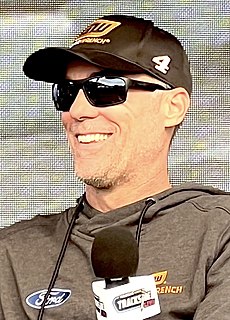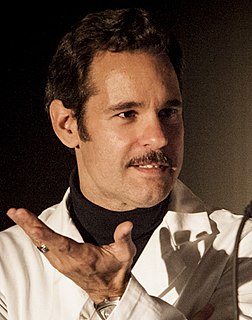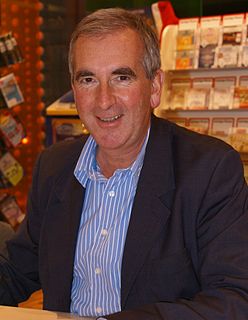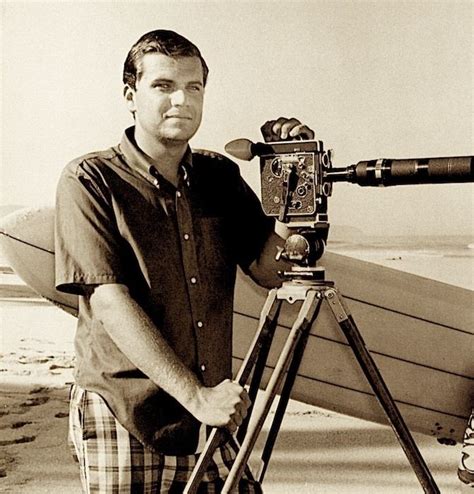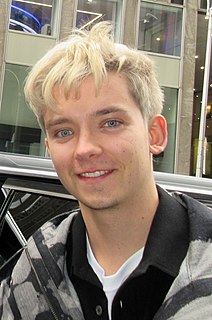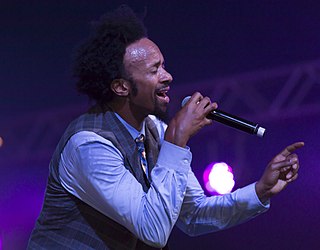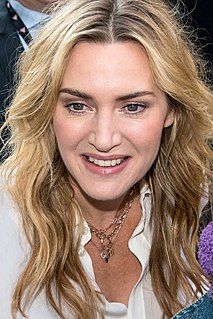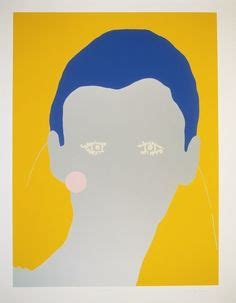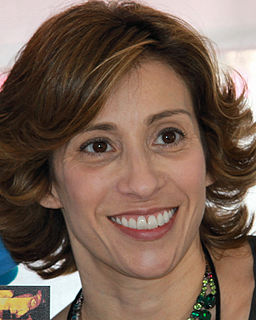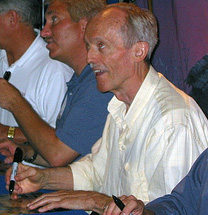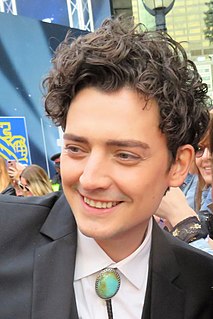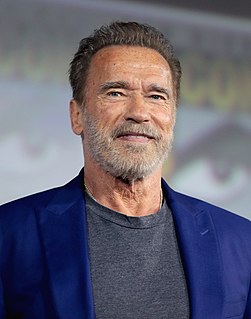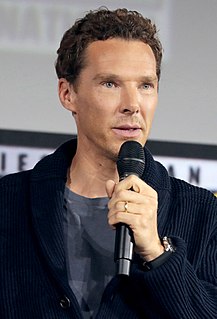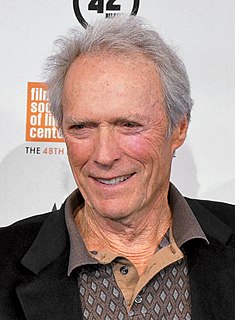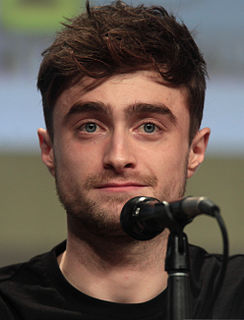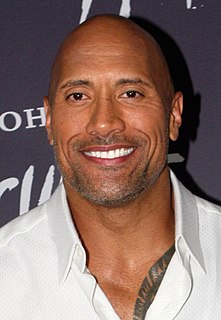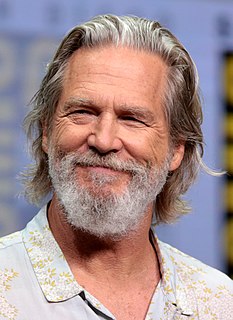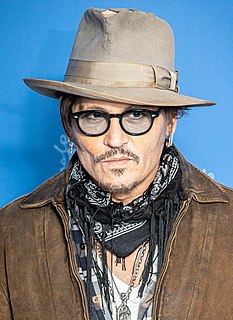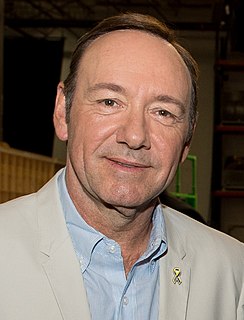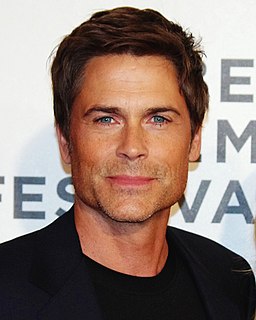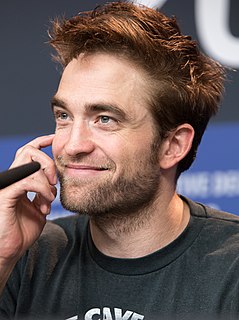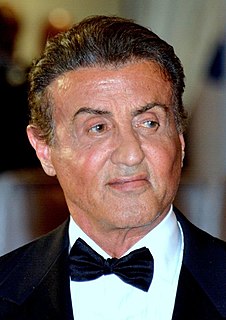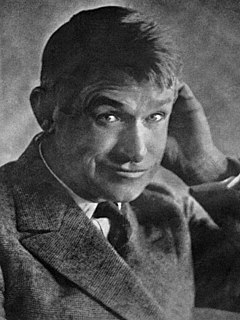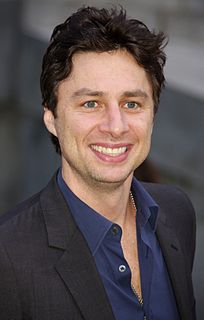A Quote by Colm Meaney
I usually look at things like that from an audience perspective first, then have a closer look at the specific character they're talking about me for.
Related Quotes
I think when you have kids, it definitely makes you look at things from a different perspective, but I think that the biggest thing it's done is it's made me look at things from a different perspective from a professional standpoint in how you analyze things and how you look at things and how you react to things.
To achieve the intimacy between performer and audience in storytelling, I feel like I have to let the audience in on my emotional state, not just, "Here's a story I'm going to tell by rote, and you're just going to listen to it, because I'm such a wonderfully entertaining fellow." It's the idea of sharing enough of myself that it's not just all about, "Look at me, look at me." There's an element to it of, "You understand what I'm talking about, right? You've been in this place that I've been in," which makes it a richer experience.
If one tries to think about history, it seems to me - it's like looking at a range of mountains. And the first time you see them, they look one way. But then time changes, the pattern of light shifts. Maybe you've moved slightly, your perspective has changed. The mountains are the same, but they look very different.
You can put the camera in places where you may not necessarily be able to put it there if I don't do the stunt. If it's character and it's storytelling, then we do it. We design the things around me. I don't do it just to do a stunt. It's storytelling for me and how I can best bring the audience into the action, bring the audience into the story. And that's how we always look at at.
If you get the characters right you've done sometimes nearly half the work. I sometimes find I get the characters right then the characters will often help me write the book - not what they look like that's not very important - what people look like is not about their character. You have to describe the shape they leave in the world, how they react to things, what effect they have on people and you do that by telling their story.
TV and film both attract me equally. In both, you do search for a role that would be enjoyable to do, that has a great storyline and then, secondly, you look at the cast and the crew - are they respectable? How I look at it is my character - has the character got enough substance? It can't just be a one faced character, which is there to fill a gap. He has to have a purpose, so if it ticks all of those boxes then generally it's a good choice.
I found that gloss paint suited me entirely, and its qualities still intrigue me. It's viscous and fluid and feels like a pool. It's highly reflective, which means there are layers of looking. You look at the picture, and you look at the surface, then you look at the reflection in the surface behind you, then you look at yourself.
I'm a big believer in playing truth and not doing things for effect. It's not about whether you look pretty or glamorous. It's about whether people connect. That's important to me in any work I do. For me, the key is always trying to find the connection between the audience and the character I'm playing.


